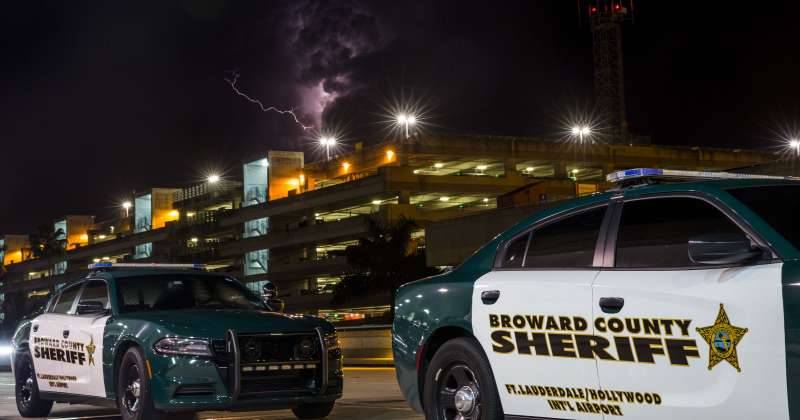Chargers owner Dean Spanos tells NFL he plans to move team to Los Angeles
Chargers owner Dean Spanos tells NFL he plans to move team to Los Angeles:- San Diego Chargers owner Dean Spanos informed NFL Commissioner Roger Goodell and some fellow owners Wednesday he intends to move the franchise to Los Angeles, abandoning the team’s home of 56 years to start over in a new market and share a futuristic new stadium with the Los Angeles Rams, a person with knowledge of the situation told USA TODAY Sports.
The person requested anonymity because Spanos had not yet told the team’s staff or San Diego officials about his decision, which was first reported Wednesday night by ESPN. A staff meeting was scheduled for Thursday morning at Chargers headquarters, another person told USA TODAY Sports.
The Chargers have until Tuesday to notify the NFL officially if it planned to move to Los Angeles and share the stadium with the Rams.
In recent months, Spanos came to believe he had no other viable business choice. If the Chargers didn’t take this opportunity in L.A., their only other certain option in San Diego was to keep playing indefinitely at Qualcomm Stadium, which opened in 1967.
The latter is one of the oldest and worst stadiums in the NFL, and the Chargers have been trying for 15 years to replace it with a modern, lucrative new facility. But they never could reach a deal on how to pay for it with the city of San Diego, leading the team to look 120 miles north for alternatives while also trying to protect its turf in Southern California.
In January 2016, the team applied to relocate to the Los Angeles market as part of a joint plan with the Oakland Raiders to build a new stadium in Carson.
That plan didn’t fly, either. NFL owners rejected it in favor of an opposing plan by the Rams to relocate from St. Louis and build a $2.6 billion stadium in the L.A. suburb of Inglewood.
NFL owners in January 2016 instead gave the Chargers a consolation prize of sorts. They granted the Chargers permission to share the Inglewood stadium with the Rams as long as they made a decision about it by Jan. 15, 2017, a deadline that recently extended to Jan. 17, 2017. If they didn’t take the L.A. option by then, that option would go to the Raiders instead, putting more pressure on the team to use it or lose it.
In response, Spanos decided to use most of 2016 to make another attempt at a new stadium plan in San Diego – this time a new $1.8 billion stadium and convention center downtown. The plan called for a hotel room tax increase to help pay for it, with the project to be decided by San Diego voters in November 2016.
But the plan was approved by only 44 percent of voters, leaving Spanos with no certain options for a new stadium in San Diego. By contrast, he had a certain plan on the table in Inglewood, where his franchise could increase in value over time and make more money in the long term compared to the smaller market of San Diego
It still was a tough call, and the constant speculation about it took its toll as the team stumbled on the field and fired coach Mike McCoy after a 5-11 season. Spanos was vilified locally by fans and residents who viewed it as little more than blackmail — a rich NFL owner trying to leverage the city with a threat to leave town in order to obtain more taxpayer funding for new stadium construction.
In effect, that is what it was, though the Chargers viewed it as a practical business strategy.
Because of San Diego’s smaller market size, the team had said it needed public subsidies to pull off new stadium construction here, unlike in L.A., where the size and wealth of the market make such subsidies unnecessary and where the stadium construction debt could be shared by two teams. For example, the Inglewood stadium calls for no public funding for construction and instead relies on stadium naming rights, personal seat license sales and other sources.
The Chargers would owe the city of San Diego $12.575 million for early termination of their lease, which was set to expire after the 2020 season. The team also would have to pay a relocation fee of $650 million, which could be paid back over 10 years or more.
San Diego previously lost two NBA teams to other cities: the Clippers and Rockets. The San Diego Sports Arena where both teams played opened a year prior to Qualcomm Stadium and is still being used by the Gulls, a minor-league hockey affiliate of the NHL’s Anaheim Ducks. The NBA never came back.
With the Chargers, Los Angeles would have two NFL teams after going 21 years without any, until last year, when the Rams moved back from St. Louis. The Chargers played one season in L.A. in 1960 before moving to San Diego in 1961.
They likely would play the next two seasons in the Coliseum in L.A. or the StubHub Center in the L.A. suburb of Carson.
Source:- http://www.usatoday.com/story/sports/nfl/chargers/2017/01/11/san-diego-los-angeles-relocation-move/96159418/

